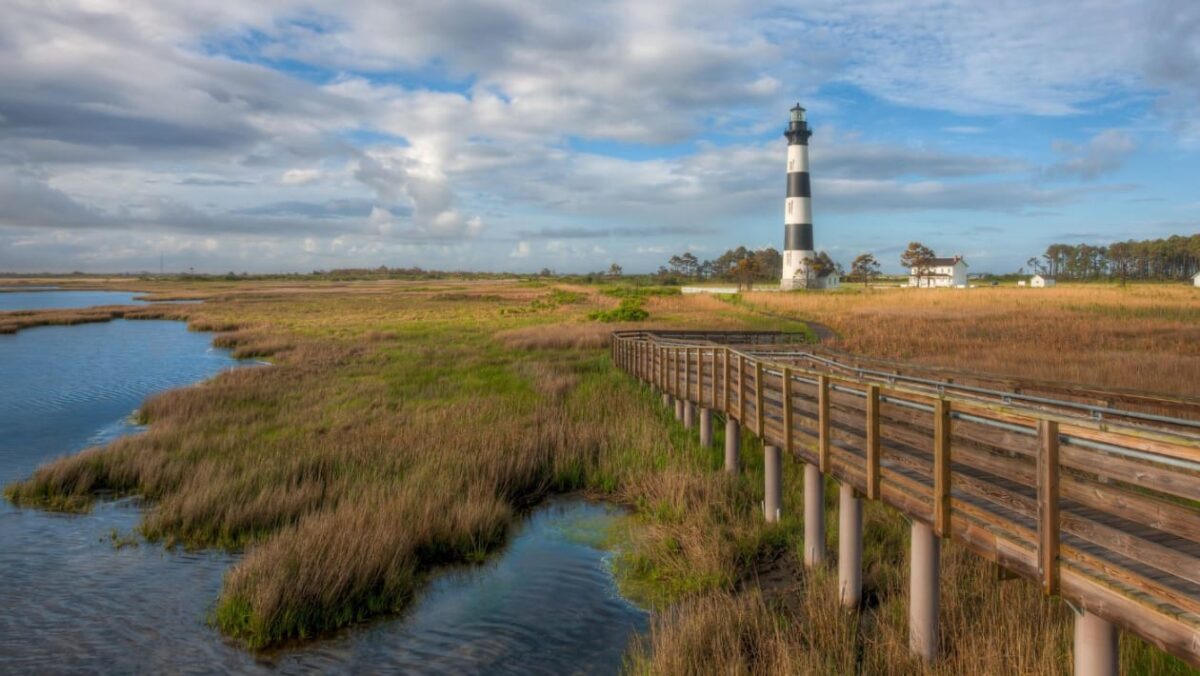Jeffrey L. Robinson | Muncie Star Press
EDITOR’S NOTE: The Star Press gave candidates for Muncie mayor the opportunity to write a commentary prior to Tuesday’s primary election. Jeffrey L. Robinson, president of the Muncie City Council, is unopposed in the Democratic Primary Tuesday and will face either incumbent Mayor Dan Ridenour or retired police officer Tony Cox in November. Here is his commentary.
Munsee Town. Muncietown. Magic City. Friendly City. Little Chicago. Muncie.
Home.
I was born and raised here, and through the good and the bad, for richer or poorer, in sickness and health, I love this city.
Muncie is the people. And there is one thing that marks someone as a Munsonian: grit.
I strive to embody the guts, determination, resiliency, and backbone of a Munsonian. I struggled in high school. I was just getting my career started when the Great Recession hit. I’ve had to regroup and start over a couple of times like many others.
But just like a true Munsonian, and the city itself, I’ve persevered.
I’ve fought the fight. I understand what people have been through. And the reason I’m here today, and willing to run for Mayor, is because of the people in this city who stuck their necks out to help me in my time of need. I’m ready to do the same for our citizens.
We all see the problems we face. There are challenges to be met and struggles to overcome. As your next Mayor I will lead the effort to prioritize lasting change for our city that addresses the real problems we face so that our younger citizens, and those yet born, can achieve a better quality of life.
I’m a community champion and advocate with a proven track record of working with everyone — community leaders, local businesses, and neighbors — to make decisions that put Muncie residents…
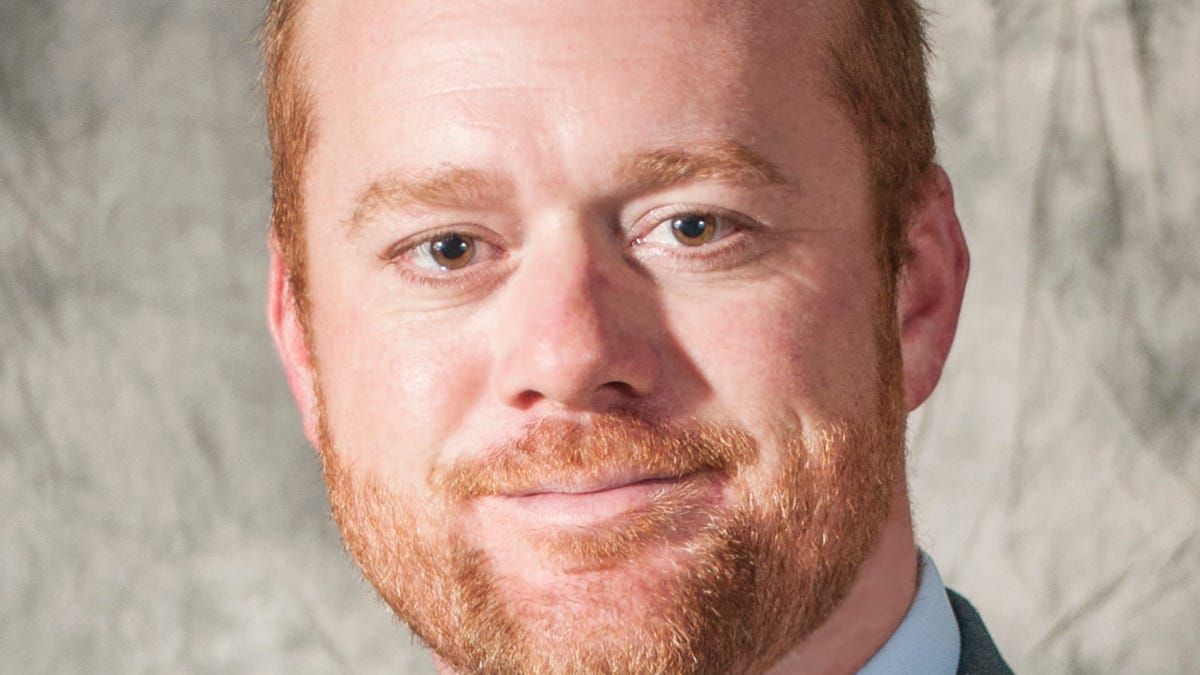
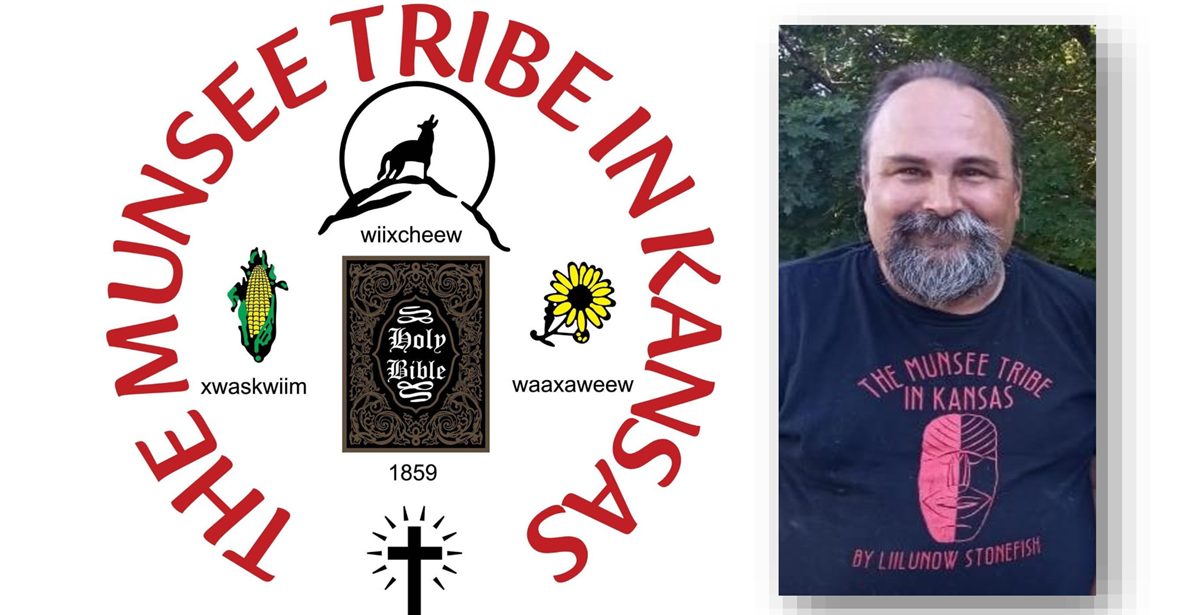



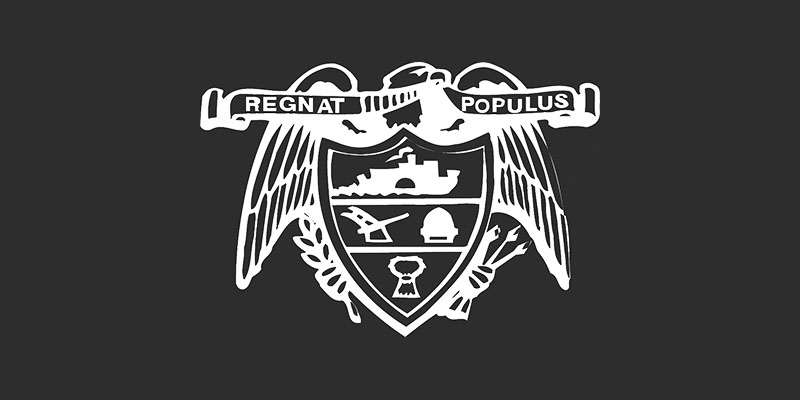
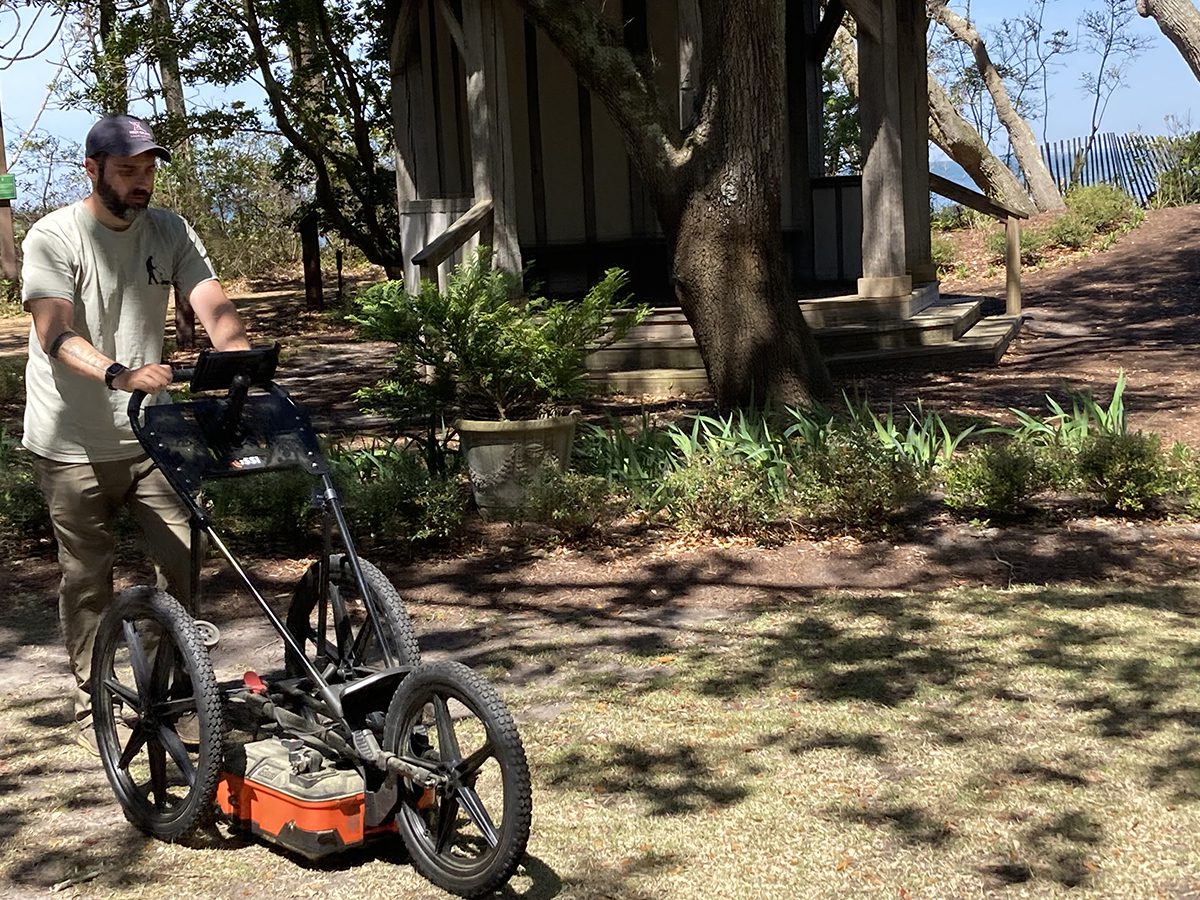
 Robert Chartrand of Chartrand Geoarchaeological Solutions of Williamsburg, Virginia, uses GPS technology to survey an area of the Elizabethan Gardens that archaeologists believe could potentially contain artifacts from the Algonquian village of Roanoac, whose members interacted with English explorers in 1584. Photo: Catherine Kozak
Robert Chartrand of Chartrand Geoarchaeological Solutions of Williamsburg, Virginia, uses GPS technology to survey an area of the Elizabethan Gardens that archaeologists believe could potentially contain artifacts from the Algonquian village of Roanoac, whose members interacted with English explorers in 1584. Photo: Catherine Kozak 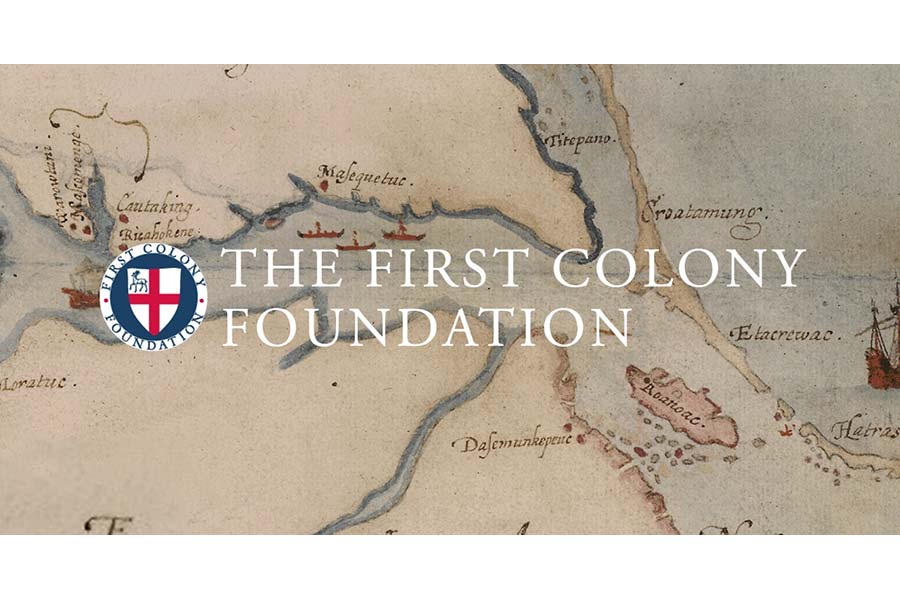

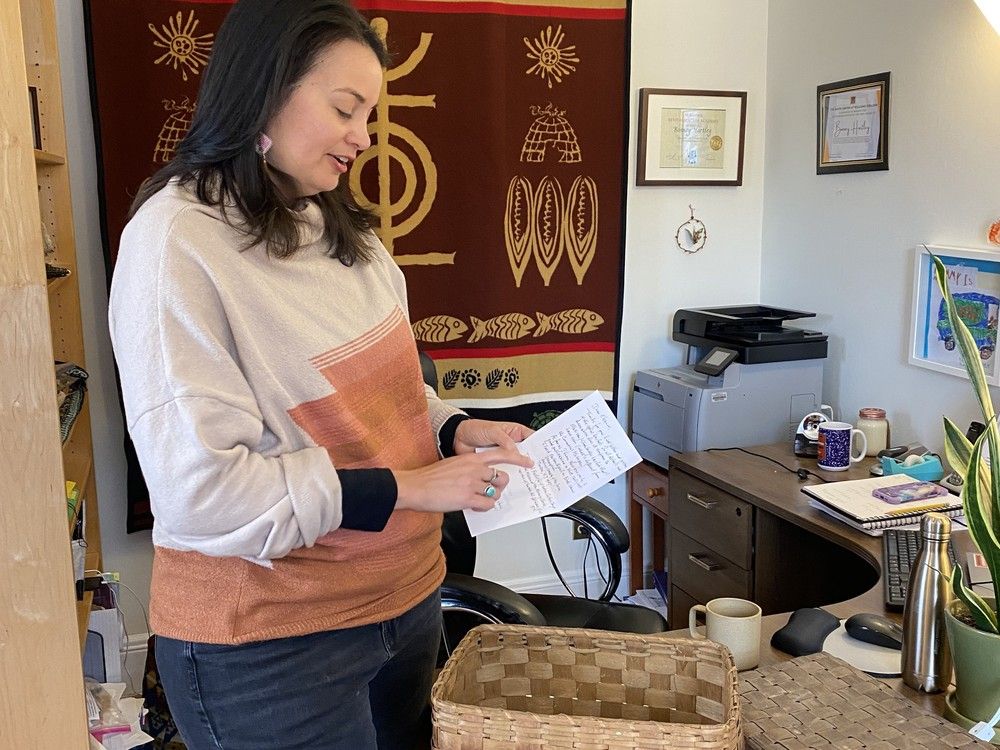
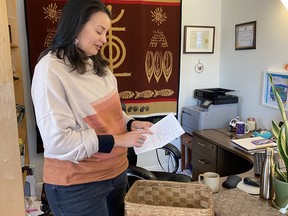 Stockbridge-Munsee Tribe’s tribal historic preservation manager Bonnie Hartley reads text that was provided with a traditional Mohican basket returned to the community in April 2023, in Stockbridge-Munsee Band Mohican Nation. M. Eleanor McGrath/Special to the Cornwall Standard-Freeholder/Postmedia Network Photo by M. Eleanor McGrath /M. Eleanor McGrath/Special to the Standard-Freeholder
Stockbridge-Munsee Tribe’s tribal historic preservation manager Bonnie Hartley reads text that was provided with a traditional Mohican basket returned to the community in April 2023, in Stockbridge-Munsee Band Mohican Nation. M. Eleanor McGrath/Special to the Cornwall Standard-Freeholder/Postmedia Network Photo by M. Eleanor McGrath /M. Eleanor McGrath/Special to the Standard-Freeholder 